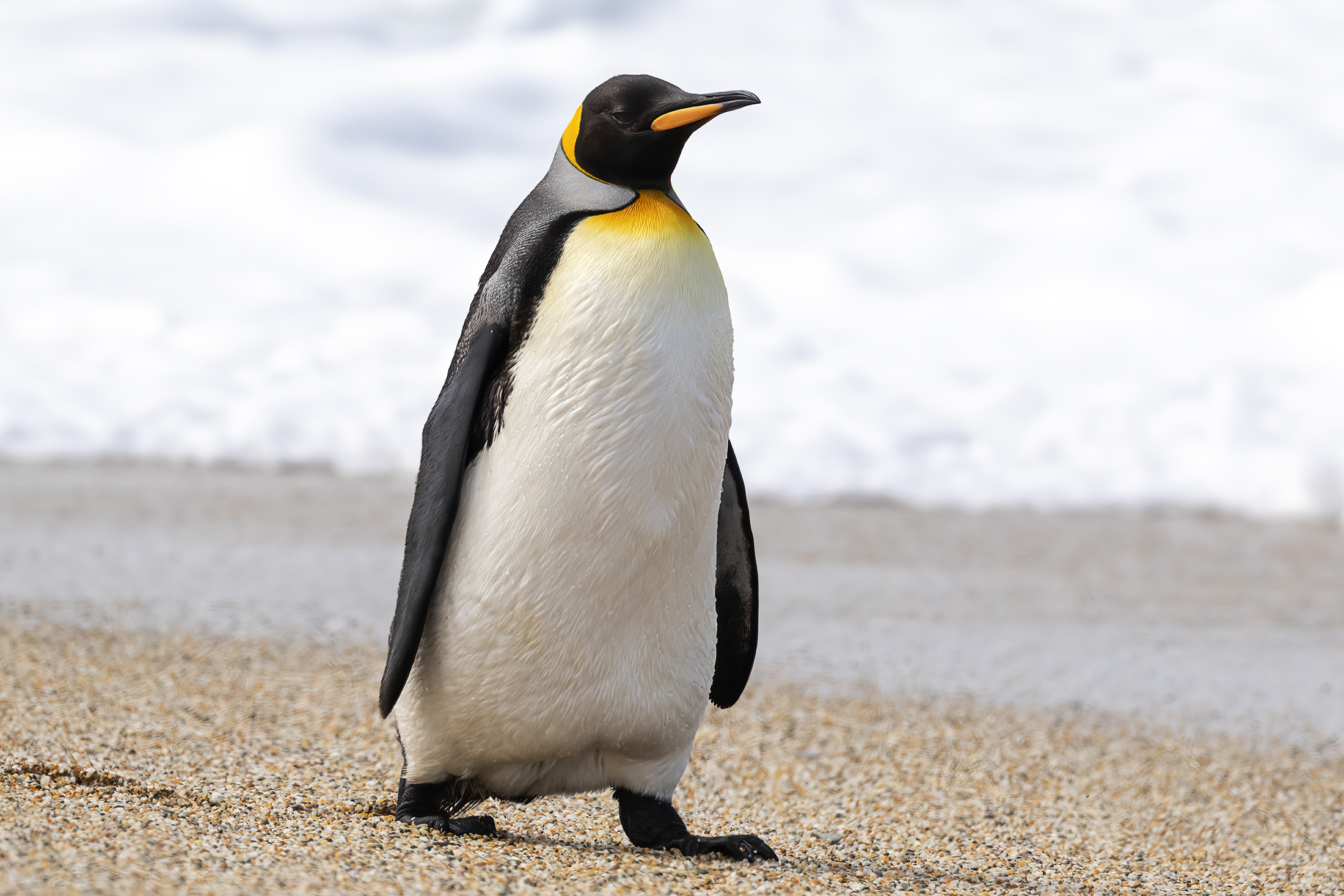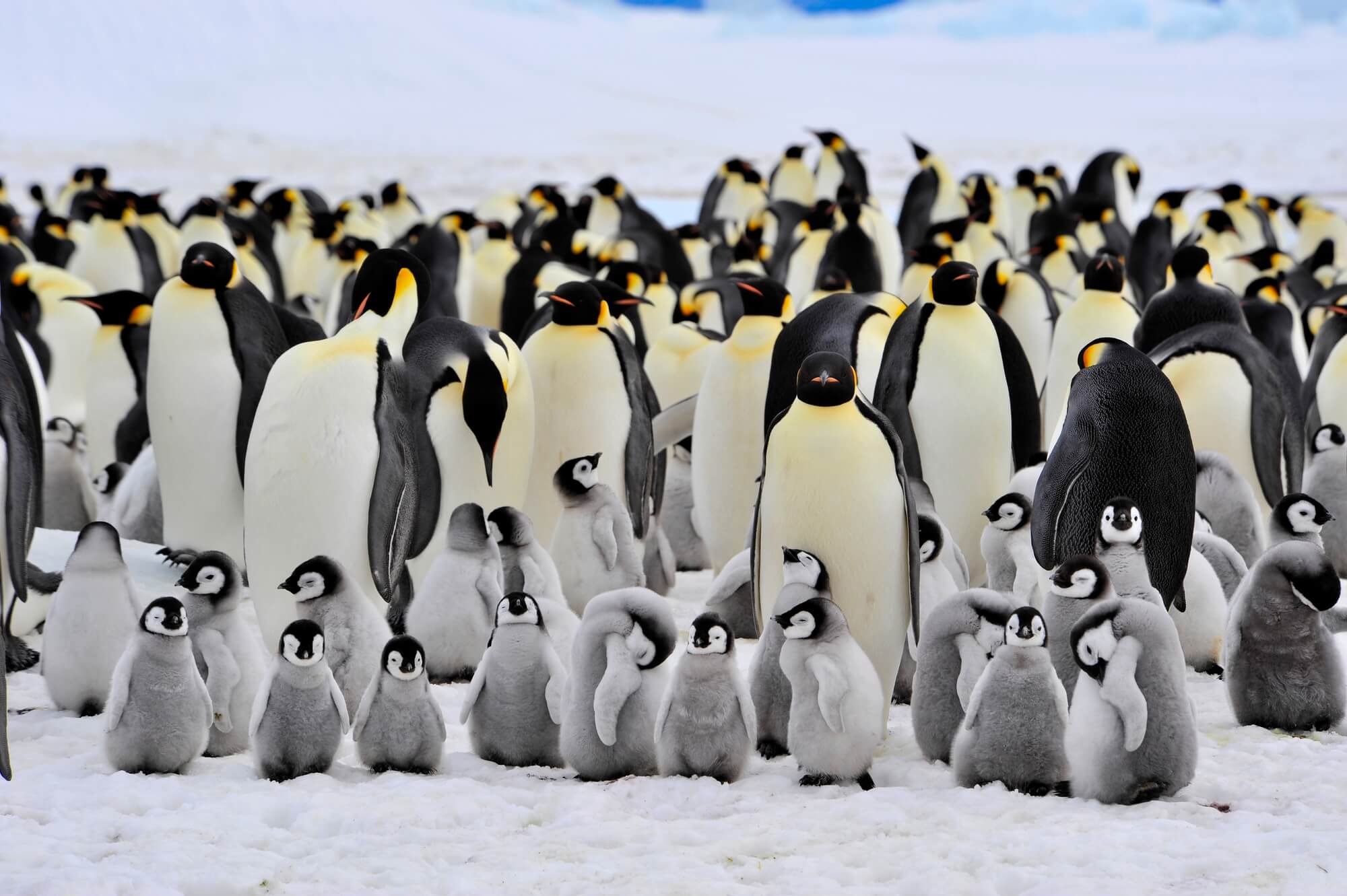Penguins: Masters of the Cold Seas
Introduction:
Penguins, the iconic birds of the Southern Hemisphere, have captured the fascination of people around the world with their adorable waddling gait, striking black and white plumage, and remarkable adaptations to life in some of the harshest environments on Earth. From the towering icebergs of Antarctica to the rocky shores of South America and Africa, penguins have carved out a niche for themselves as masters of the cold seas. This essay explores the diverse species of penguins, their unique adaptations, behaviors, and the conservation challenges they face in a rapidly changing world.
Evolutionary History:
Penguins are a group of flightless birds belonging to the family Spheniscidae and the order Sphenisciformes. Their evolutionary history dates back millions of years to the late Paleocene or early Eocene epochs, making them one of the oldest groups of birds. Fossil evidence suggests that early penguins were much larger than their modern counterparts, with some species reaching heights of over six feet.
Over time, penguins adapted to life in the cold, nutrient-rich waters of the Southern Hemisphere, developing specialized traits to help them thrive in their marine environment. These adaptations include streamlined bodies for efficient swimming, flipper-like wings for propulsion, and dense layers of feathers for insulation against the cold.
Species Diversity:
There are currently 18 recognized species of penguins, ranging in size from the diminutive Little Blue Penguin, which stands just over a foot tall, to the majestic Emperor Penguin, which can reach heights of over four feet. Penguins are found across a broad geographic range, from the icy waters of Antarctica to the subtropical Galápagos Islands.
Among the most well-known species are the Emperor Penguin, known for its regal stature and epic journeys across the Antarctic ice; the King Penguin, with its vibrant orange and yellow plumage; and the Gentoo Penguin, distinguished by its bright orange bill and white bonnet.
Behavior and Adaptations:
Penguins are highly adapted to their marine lifestyle, possessing a range of physiological and behavioral adaptations that enable them to thrive in the cold waters of the Southern Ocean. One of the most remarkable adaptations is their ability to regulate body temperature through a counter-current heat exchange system, which allows them to retain heat in their extremities while swimming in frigid waters.
Penguins are also expert swimmers, capable of diving to great depths and navigating with precision through underwater obstacles. Their streamlined bodies and flipper-like wings provide excellent propulsion, while their dense layer of feathers traps air for buoyancy and insulation. In addition to their prowess in the water, penguins are also well adapted to life on land. They form large colonies, or rookeries, where they gather to breed, molt, and socialize. Many species of penguins exhibit complex courtship rituals, with males engaging in elaborate displays to attract mates.
In addition to their prowess in the water, penguins are also well adapted to life on land. They form large colonies, or rookeries, where they gather to breed, molt, and socialize. Many species of penguins exhibit complex courtship rituals, with males engaging in elaborate displays to attract mates.
Conservation Challenges:
Despite their remarkable adaptations, penguins face a growing number of threats to their survival in the wild. Climate change, overfishing, habitat destruction, pollution, and predation by invasive species are among the most pressing challenges facing penguin populations today.
One of the greatest threats to penguins is climate change, which is causing rapid changes to their marine environment. Rising temperatures, melting sea ice, and shifting ocean currents are disrupting penguin breeding cycles, reducing food availability, and increasing the frequency and severity of extreme weather events.
Overfishing is another major concern for penguins, as it depletes their primary food sources, such as krill and fish. Industrial fishing fleets often target the same prey species that penguins rely on for survival, leading to competition for resources and food scarcity.
Habitat destruction, primarily from human activities such as oil drilling, mining, and coastal development, also poses a significant threat to penguin populations. Pollution from oil spills, plastic waste, and chemical contaminants further compounds the problem, poisoning penguins and their prey and disrupting marine ecosystems.
Conservation Efforts:
In response to these threats, a variety of conservation initiatives have been launched to protect penguin populations and their habitats. These efforts include the establishment of marine protected areas, the implementation of sustainable fishing practices, and the development of strategies to mitigate the impacts of climate change.
Scientists and conservationists are also working to monitor penguin populations, track their movements, and study their behavior in order to better understand their needs and develop effective conservation strategies. Citizen science programs, such as Penguin Watch and the Great Penguin Count, allow volunteers to contribute valuable data on penguin populations from around the world.
Education and outreach are also important components of penguin conservation efforts, as raising awareness about the threats facing penguins and their habitats can help mobilize support for conservation action. Zoos, aquariums, and wildlife organizations often feature penguin exhibits and educational programs to engage the public and inspire conservation action.
Conclusion:
Penguins are extraordinary creatures that have captured the hearts of people around the world with their unique adaptations, behaviors, and charisma. From the icy shores of Antarctica to the rocky cliffs of South America, penguins continue to thrive in some of the most extreme environments on Earth. However, they face growing threats from climate change, overfishing, habitat destruction, and pollution, which jeopardize their survival in the wild.
As stewards of the planet, it is our responsibility to protect and preserve penguins and their habitats for future generations. By taking action to address the root causes of their decline and supporting conservation efforts, we can ensure that these iconic birds continue to grace our oceans and inspire wonder for generations to come.






















































